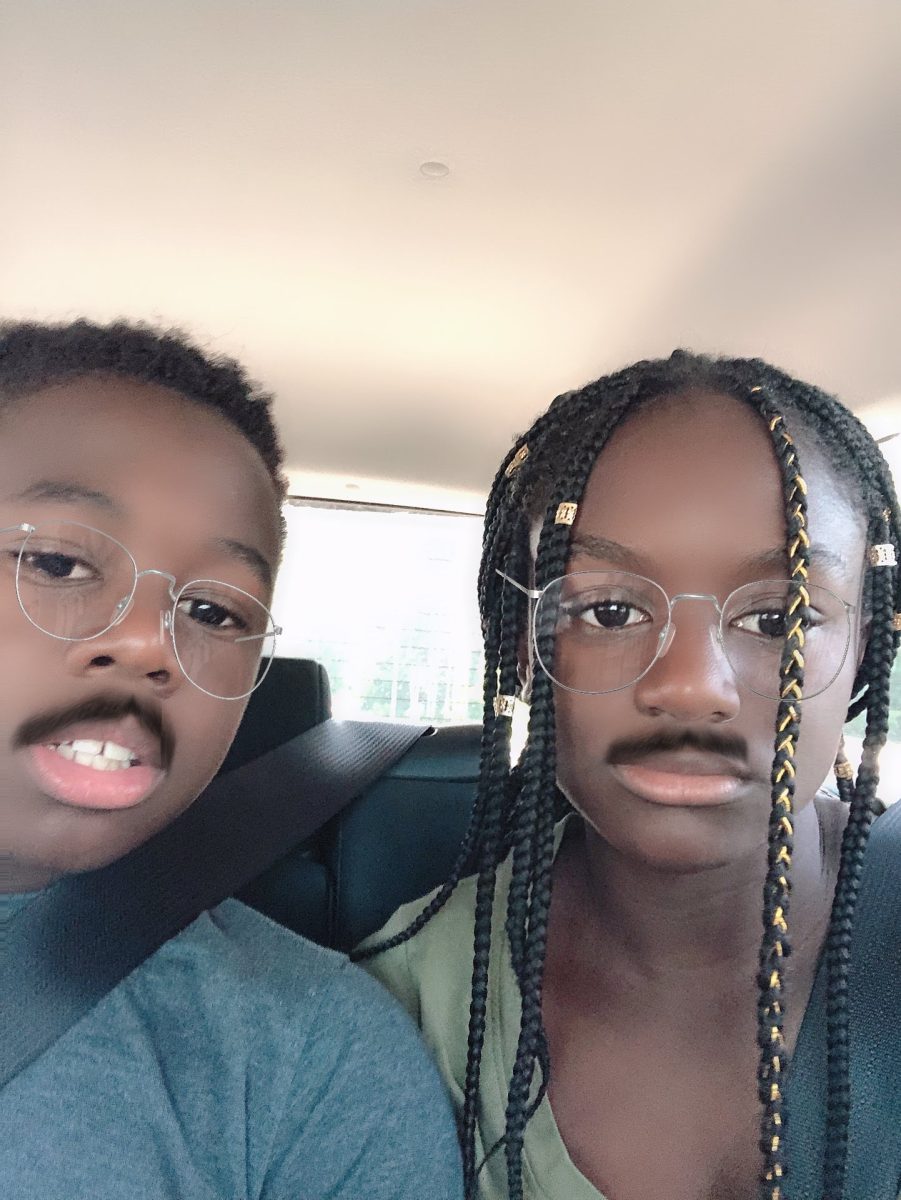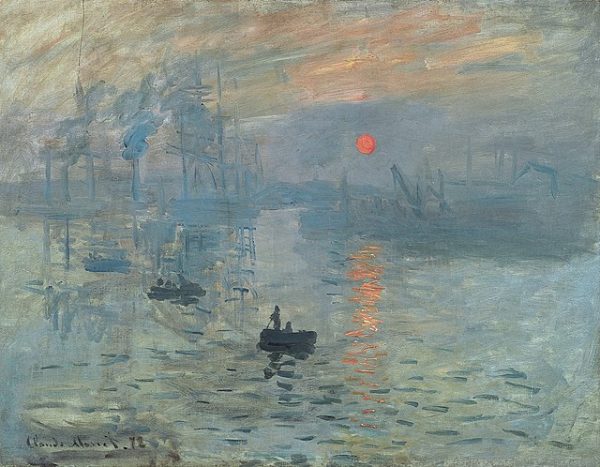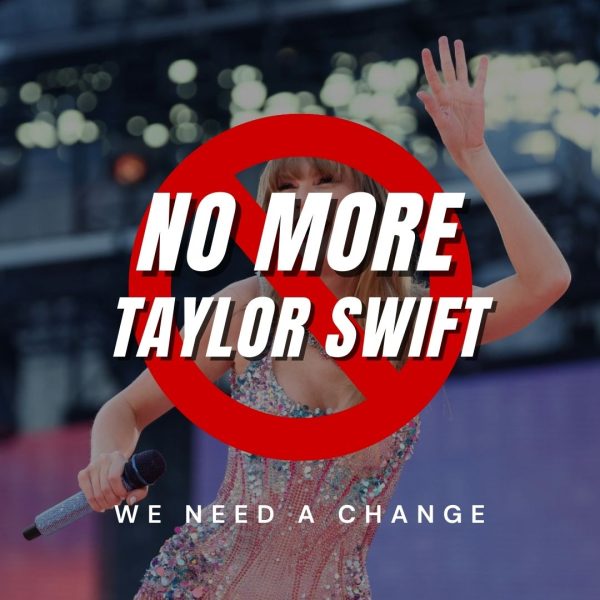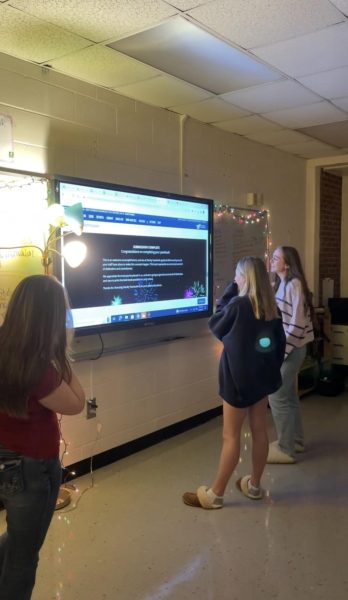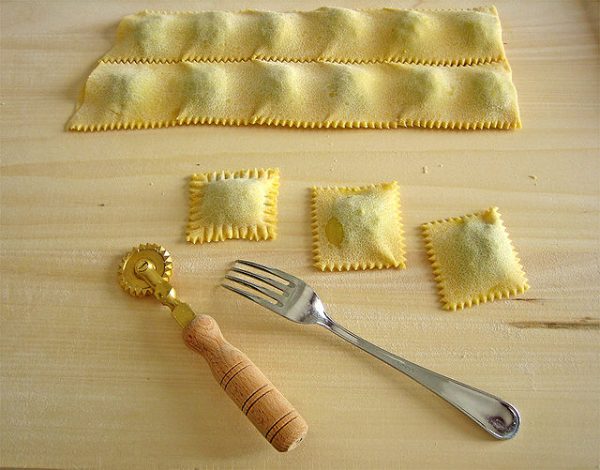A Postmortem for Vine
“Milk and Vine” is a book parodying the format of the popular book “Milk and Honey” by Rupi Kaur. The collection contains 70+ Vines and original artwork to commemorate the dead platform.
December 20, 2017
The year 2012 brought the news of a death total of 2,000 in the Afghan war, the reelection of Barack Obama and the birth of the social media platform Vine. Vine was founded in the summery sweet June heat of 2012 with one simple idea: six second looping videos. Users would have the ability to film anything for six seconds and subsequently post it. Twitter, who was slowly growing into the giant it has become, took notice in October of the same year and purchased the company just a couple of months before its initial launch in January of 2013.
Almost overnight, the platform had amassed a cult following. The app was used for almost everything imaginable: from incredibly elaborate comedy sketches to perfectly timed music videos to documentation of the 2013 US Embassy bombing in Ankara.
Perhaps the biggest draw of the app was the fact that it was so absolutely normal. Being 13 at the time it was released, my seventh grade best friend and I made a gaggle of ridiculous shorts that we posted to the platform. There was something unadulterated about Vine’s existence.
After a few years of peace and happiness, the tyrannical Twitter overlords announced that Vine was not economically viable and that it would be shutting its doors in January of 2017. This shook the internet to its core, as, up to this point, Vine had been that one ugly cousin everyone thought was weird but loved anyway.
As 2016 wound down and la dia de la meurta (“the day of death”) approached, there was a sense of nostalgia and melancholia that plagued the online community and many compilations and edit videos began to go viral.
On the fateful day, one particular edit was posted featuring the song “Blessings” by Chance the Rapper synced to a minute-long compilation of dozens of iconic Vines.
This was seen by many as the end of Vine for good, but that could not have been farther from the truth–in fact, the death of Vine revitalized the platform in a strange way. Now more than ever, people are tuning in to see people make lists of their favorite Vines, which led to a sort of far-reaching inside joke that connected everyone who knew the Vines by heart.
For instance, have you ever heard someone yell, “Hi my name is Tre and I have a basketball toMORROOOOWWW” in the hallways? Odds are, you have and odds are, it was me. For those who are not in the incrowd on these videos, this would seem like a nonsensical and wildly confusing assertion, but to all the Children of Vine, this is a calling card.
So why has this one stupid app has had such far reaching influence (ahem, looking at you Milk and Vine)? Why is it that my generation has been so mesmerized by uber-short videos of people doing and saying the most insane and unintelligible things? In my opinion, I think it ties into nostalgia. And the weird, morbid millennial sense of humor.
We all grew up with Vine, so I think we were able to grow some sort of attachment to it, much in the same way that 90s kids and AIM Instant Messenger go hand-in-hand. Or, like, MySpace, I guess. I think that in times when there seems to be a horrific news story every single day, these small phrases and inside jokes allow us to escape–even if only for a brief six seconds.



